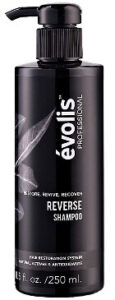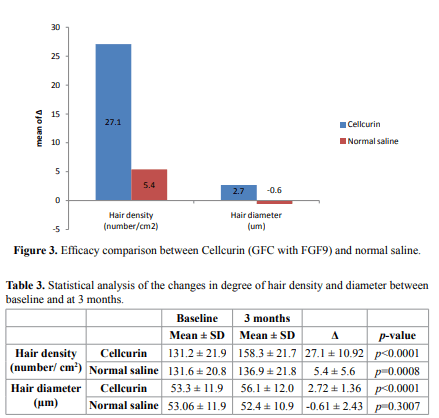Several days ago, DeepMind (sister company of Google) released its much awaited AlphaFold 2 protein structure database. To be accurate, the project was in partnership with the European Molecular Biology Laboratory (EMBL).
The original AlphaFold project commenced in December 2018. The Nature article provides a full summary of this latest breakthrough. DeepMind’s CEO and founder is Dr. Demis Hassabis.
The British company became renowned due to its AlphaGo and AlphaZero programs. These programs taught themselves Go, Chess and Shogi through playing themselves over several days. They were then able to defeat the world’s best human and supercomputer players of those games.
I am very surprised that this groundbreaking development was not mentioned by any readers. It will likely have positive implications for future hair loss treatments. Interestingly, reader “Quentin” recently made a very useful comment about amino acids, which are closely related to proteins.
AlphaFold 2 Highlights
Among the highlights of this open access online freely available AlphaFold database:
“This will be one of the most important datasets since the mapping of the Human Genome.” — Dr. Ewan Birney (EMBL-EBI Director).
- DeepMind’s AlphaFold 2 AI tool has given 3-D structure to 350,000 proteins.
- This includes a map of the roughly 20,000 proteins expressed by the human genome. Also known as the proteome.
- AlphaFold is already helping scientists accelerate drug discovery.
- Over the coming months. DeepMind plans to vastly expand the coverage to almost every sequenced protein known to science (over 100 million structures in the UniProt database).
- This computational work represents a stunning advance in the 50-year old protein-folding problem in biology.
- It will change everything (?).
“With this resource freely and openly available, the scientific community will be able to draw on collective knowledge to accelerate discovery, ushering in a new era for AI-enabled biology.” — Dr. Paul Nurse (Director of the Francis Crick Institute).
Hair Loss Proteins
It seems like this technology is ripe for helping speed up the development of hair loss treatments. And helping understand the reasons for androgenetic alopecia.
For a long time, many people have suggested that a hair loss cure does not have to entail just complete annihilation of (DHT). For example, see my post on the Krox20 (EGR2) protein.
Just for the heck of it, I did a search for “hair” in the database. It came up with 175 results:

Other Open Source Resources
We are increasingly seeing free online databases and open access resources that benefit hair loss researchers. In addition to the general DeepMind/AlphaFold GitHub, we also have hair specific ones such as the BiernaskieLab GitHHub.
You also have resources such as Driskell Lab’s skinregeneration.org where you can search for large datasets related to scarring and regenerative tissues. See my related post on skin regeneration, wound healing and hair growth.


